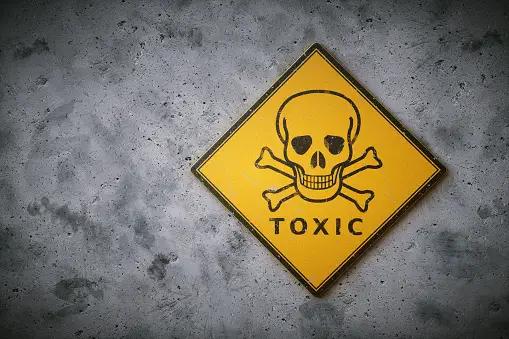How Do You Prove Toxic Exposure?

In Alaska, the issue of toxic exposure and its legal implications is complex and multifaceted. The state’s environmental conditions and industrial activities contribute to many sources and types of toxic exposure.
Understanding how to prove toxic exposure in Alaska requires a comprehensive grasp of the various contaminants prevalent in the region, the sources of these contaminants, and the legal framework for addressing such cases.
Those who suffer various ailments due to toxic exposure in Alaska deserve fair compensation. Since such cases involve many at-fault parties, some with great legal representation, you should retain toxic exposure lawyers. That way, you can hold the perpetrators accountable.
Contaminants and Sources in Alaska
Alaska faces significant contamination from petroleum products, primarily from leaking storage tanks and transportation accidents. Gasoline and aviation fuel containing benzene, a known carcinogen, are particularly hazardous, while diesel fuels pose lower risks but are still concerning. These contaminants can affect soil, water, foods, and air, leading to chronic toxicity and various health effects, including cancer.
Commonly used in industries and households, solvents like acetone and toluene can become environmental contaminants through leaking tanks or improper disposal. These solvents can be toxic to plants, animals, and humans, potentially causing cancer, congenital disabilities, and other serious health issues.
Even though their manufacturing has been banned in the U.S. since 1977, Polychlorinated Biphenyls (PCBs) were previously used in electrical equipment, hydraulic fluids, and other products. They can be found in soil, air, water, and even windborne dust, posing long-term environmental and health risks.
Health Impacts and Legal Considerations
Arctic Indigenous Peoples have high levels of persistent, bioaccumulative chemicals despite these chemicals not being produced in Alaska. Global transport of chemicals affects traditional food sources of Alaskan Natives, raising public health concerns beyond typical measures.
Studies link chemical exposure to various illnesses, including cancer, reproductive disorders, and neurological diseases. This underscores the importance of addressing chemical exposure in public health policies. Environmental contaminants are increasingly suspected of harming reproductive health and fertility, with rising incidences of related problems.
Alarmingly, studies show that newborns can carry a significant body burden of industrial chemicals, which can cause cancer, brain and nervous system toxicity, and developmental issues.
Legal Reporting and Remediation
The Department of Environmental Conservation (DEC) in Alaska is crucial in addressing brownfields – contaminated sites that require assessment, cleanup, and reuse. The DEC provides technical assistance, regulatory guidance, funding, and oversight for managing these sites, particularly focusing on unique Alaskan rural community needs.
Alaska’s legal framework requires detailed reporting of toxic or hazardous exposures. This includes reporting diseases and heavy metal analyses and contributing to a comprehensive understanding of environmental health impacts in the state.
Alaskans can avail of various funding and services for assessing and addressing contamination, including grants and technical assistance from the EPA and DEC. You can also seek damages if toxic exposure causes harm to you.
Proving toxic exposure in Alaska involves a detailed understanding of the types of contaminants, their sources, and the health impacts on various populations. The law offers reporting, assessment, and remediation mechanisms, but it requires coordinated efforts between communities, governmental agencies, and legal entities to effectively address these challenges.
Featured Image Source : https://www.istockphoto.com/photo/skull-crossbones-sign-gm672963356-123279343?utm_campaign=srp_photos_top&utm_content=https%3A%2F%2Funsplash.com%2Fs%2Fphotos%2Ftoxic&utm_medium=affiliate&utm_source=unsplash&utm_term=toxic%3A%3A%3A


